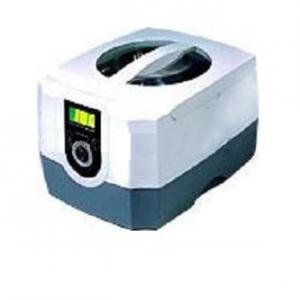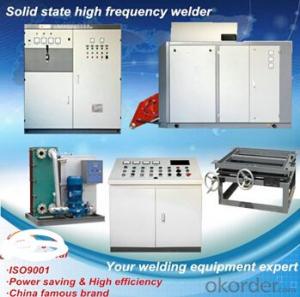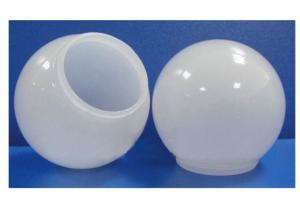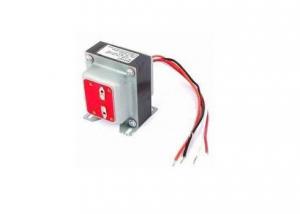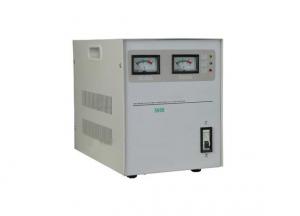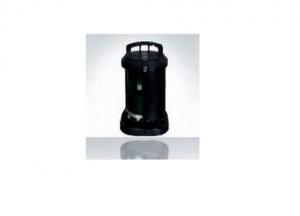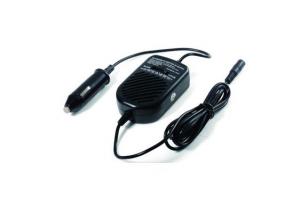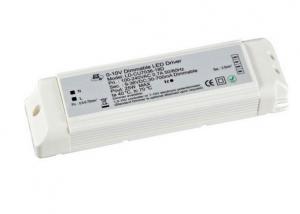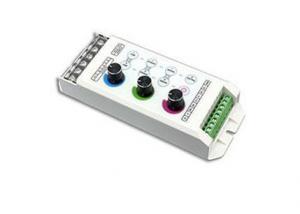Digital Solar Inverter
Digital Solar Inverter Related Searches
Solar Dc Inverter Direct Solar Inverter Solar Direct Inverter Solar Solar Inverter Domestic Solar Inverter Dual Inverter Solar Dual Solar Inverter Solar Inverter Drive Solar Electric Inverter Inverter Solar Solar Delta Inverter Solar Smart Inverter Smart Solar Inverter Smart Inverter Solar Hybrid Solar Inverter Solar Energy Inverter Delta Solar Inverter Hybrid Inverter Solar Solar Hybrid Inverter Inverter Hybrid Solar Inverter Solar Hybrid Solar Based Inverter Sun Solar Inverter Solar Converter Inverter Intelligent Solar Inverter Power Solar Inverter Dual Input Solar Inverter Solar Inverter System Smart Solar Power Inverter Solar Light InverterDigital Solar Inverter Supplier & Manufacturer from China
Digital Solar Inverters are advanced power conversion devices designed to optimize the performance of solar energy systems. These inverters play a crucial role in converting the direct current (DC) generated by solar panels into alternating current (AC), which can then be used by electrical appliances or fed back into the power grid. They are engineered with cutting-edge digital technology to enhance efficiency, reliability, and ease of use, making them a popular choice for residential, commercial, and industrial solar power installations.Digital Solar Inverters are widely used in various applications, including rooftop solar systems, solar farms, and off-grid power solutions. They are particularly beneficial in scenarios where energy efficiency and environmental sustainability are of paramount importance. By harnessing the power of the sun, these inverters help reduce reliance on fossil fuels, lower energy costs, and contribute to a cleaner, greener future. Their compact design and user-friendly interface make them an ideal choice for both new installations and retrofitting existing solar systems.
Okorder.com is a leading wholesale supplier of Digital Solar Inverters, boasting a vast inventory that caters to the diverse needs of customers worldwide. With a commitment to quality and customer satisfaction, Okorder.com ensures that each inverter is manufactured to the highest standards and undergoes rigorous testing before being shipped to clients. By offering competitive prices and reliable service, Okorder.com has established itself as a trusted source for Digital Solar Inverters, helping businesses and individuals harness the power of solar energy efficiently and cost-effectively.
Hot Products




